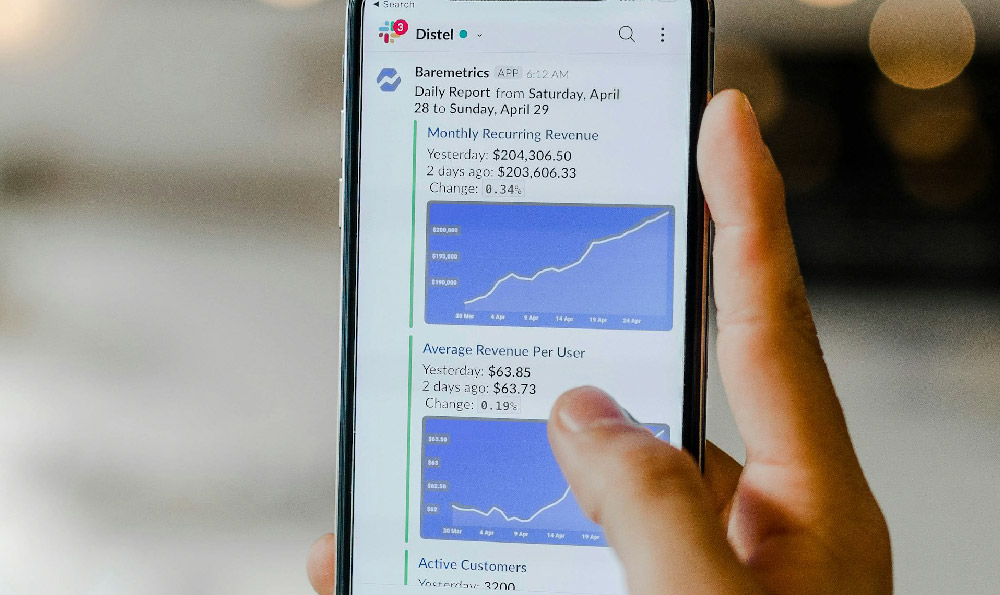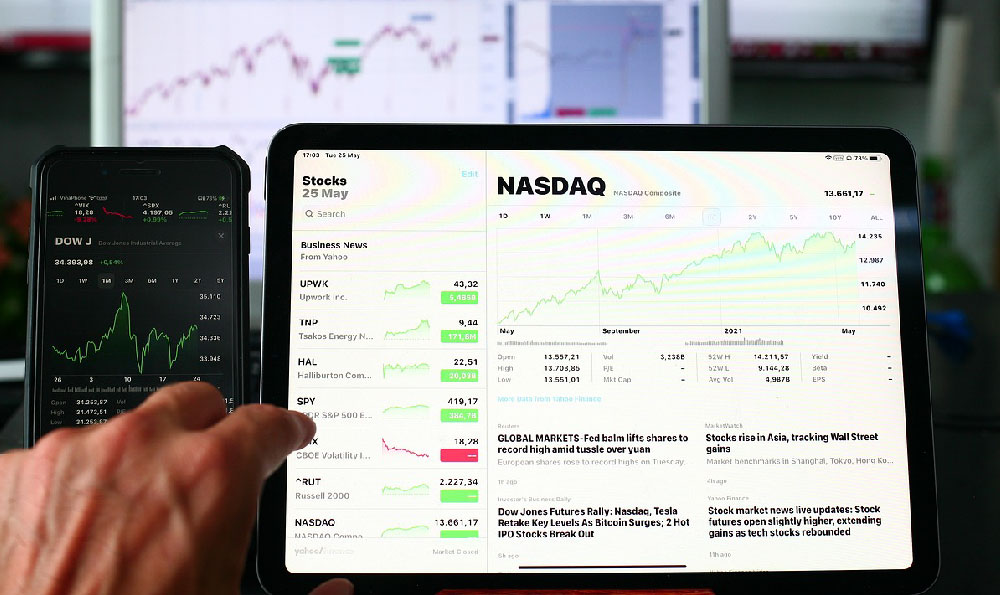Building an app and monetizing it is a complex process that requires careful planning, strategic decisions, and a deep understanding of both technical and business aspects. To create a successful application, it's essential to start by defining a clear purpose and identifying a specific market need that your app can address. This foundational step ensures that your project aligns with user expectations and provides value that can drive adoption and engagement. Once the core idea is established, selecting the appropriate technology stack becomes critical. Modern app development offers a range of platforms, from native development using Swift or Kotlin to cross-platform solutions like React Native or Flutter, each with distinct advantages and limitations. The choice should depend on factors such as budget, development speed, target audience, and long-term maintainability. For instance, native apps often provide superior performance and access to device-specific features, which can be advantageous for applications requiring high interaction or precision, like games or productivity tools. However, cross-platform frameworks can reduce development costs and time, particularly for startups with limited resources or teams unfamiliar with multiple programming languages.
Designing a user-friendly interface is another crucial element that should not be overlooked. Even the most feature-rich app can fail if users find it difficult to navigate or visually unappealing. Human-centered design principles should guide the development of the app's layout, color scheme, and interaction flow. Conducting user testing during the design phase can help identify usability issues before coding begins. It's also important to ensure that the app's functionality is intuitive and meets the needs of its target demographic. For example, a fitness app might prioritize clear workout tracking and motivational elements, while an educational application could focus on interactive content and usability for different age groups. Balancing aesthetic appeal with practical usability often requires feedback from potential users or professional design expertise.
Development is the phase where the app's concept transforms into a working product. This stage involves coding, integration of features, and rigorous quality assurance testing. While coding is a technical process, it's also vital to consider scalability and security, especially if the app will handle sensitive user data. Cloud-based solutions can help manage data storage and server requirements, while encryption methods can protect user privacy. However, for apps with limited functionality, local storage and minimal backend infrastructure might suffice. Throughout this phase, maintaining a clear development timeline and budget is necessary for managing resources effectively. Agile methodologies are often preferred for their flexibility, allowing for iterative development and opportunities to refine the app based on feedback.

Once the app is developed, launching it into the market requires careful planning and execution. This includes choosing the right platform—iOS, Android, or both—to maximize reach, as well as creating a compelling marketing strategy. App store optimization (ASO) plays a significant role in visibility, involving keyword research, high-quality app descriptions, and relevant visuals like icons or screenshots. Additionally, leveraging social media, influencer partnerships, and targeted advertising can help attract initial users. A successful launch also depends on the app's initial performance, including load times, compatibility with devices, and overall user experience. Identifying and addressing potential launch issues, such as poor app reviews or technical glitches, is important for maintaining a positive perception.
Monetizing an app is a key consideration that should be integrated from the outset. Common strategies include in-app purchases, subscriptions, advertisements, and premium features. For instance, a productivity app might offer a free version with limited functionality and a paid version with advanced tools, while a gaming application could use a freemium model with in-game purchases. Subscription-based models are particularly effective for apps that provide ongoing value, such as streaming services or monthly newsletters. Advertising integrates well with apps that have a large user base, although it can impact user experience if not implemented strategically. A diversified revenue model often yields better long-term results, but it requires balancing the user experience with monetization goals.
Sustaining growth and profitability involves continuous innovation and responsiveness to market demands. Regularly updating the app with new features, bug fixes, and performance improvements can help retain users and attract new ones. Listening to user feedback through reviews, surveys, or analytics tools can provide insights into what users need and how to improve the app. Additionally, exploring new monetization avenues, such as partnerships or affiliate marketing, can create additional income streams while expanding the app's reach. Building a loyal user base and fostering a strong community around the app can also contribute to long-term success, as satisfied users are more likely to recommend the app to others.
Real-world examples, such as the success of health and wellness apps, highlight the importance of addressing user needs and implementing effective monetization strategies. Fitness apps often generate revenue through subscription-based models, offering users access to exclusive content or personalized coaching. Educational applications may combine in-app purchases with affiliate marketing, providing users with access to learning resources while earning a commission through partnerships. These examples demonstrate that the key to building a profitable app lies in understanding the target audience, aligning with their expectations, and creating a business model that sustains growth while maintaining user satisfaction. As the app evolves, it's important to remain adaptable, refining strategies based on user feedback and market trends to ensure continued success.












